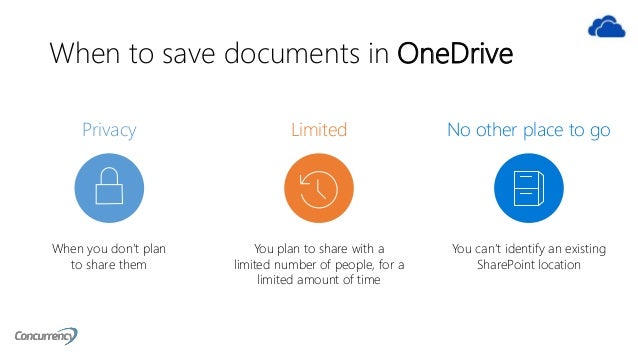

And now, with ODFB, I can actually sync my files and document libraries directly to File Explorer. I myself rely on File Explorer, formerly known as Windows Explorer, to find documents instead of going through piles of folders. But if you need to bring in more users or use project sharing, the documents must be moved to either Teams or SharePoint to avoid accidentally leaking sensitive or personal information.Īnother great feature of ODFB is that you can work offline, if needed. If you’re preparing a document that isn’t quite yet ready to be shared with the team, save it for later with ODFB. While ODFB does allow for co-authoring and versioning - which was a capability that wasn’t previously available within a device's system storage - it is important to remember to mainly use ODFB documents in personal scenarios or with a limited few. And you don’t have to be shy about how much you choose to store, as each user receives 1 TB of storage - which is plenty of room for documents and other typical business files.

It is your own web-based workspace where you can store any and all personal business documents. So, that Personal Circle we just talked about? Think of ODFB as a virtual space that is built just for you. OneDrive for Business is a Microsoft cloud service that connects users to all of their files. Whereas many Microsoft users may have previously stored their files in their respective “My Documents” folders, OneDrive for Business (ODFB) can now be used in its place.


 0 kommentar(er)
0 kommentar(er)
